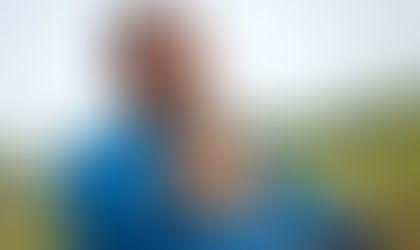Educating for Vaccine Preventable Diseases
- Ben Straitman
- May 7, 2017
- 2 min read

When considering vaccine-preventable diseases, like polio, there are very rarely cures in existence. These diseases are only dealt with beforehand via immunizations to make it so that people cannot catch the disease. Polio, for example, is impossible to cure and can only be prevented by injecting the victim with the polio vaccine. Once infected, this disease usually proves fatal for the victim. However, when it comes to actually vaccinating people, there are many possible alternatives out there. (2)
One way to solve the issue of polio in the world today is to continue the World Health Organization’s global initiative to eradicating the disease. Beginning in 1988, this effort has managed to decrease polio incidence by 99% and make it so 80% of the world’s population lives in polio-free areas. This plan has worked well so far, with most countries in the world working together to create a polio-free planet. (3)
However, this might not work for every disease or even be able to deal with polio completely. For that, we have to come up with new ideas. “A social innovation is a novel solution to a social problem that is more effective, efficient, sustainable, or just than current solutions” (1). One of the problems most effecting the elimination of vaccine-preventable diseases is a lack of education, and also an abundance of misinformation. Since the late 1990s, the anti-vaxxer movement has sprung up, claiming that vaccines can cause autism in children. Despite the fact that the study used to start this movement has been debunked many times, people still have faith in this false belief that autism can come from vaccines. By not vaccinating their children, these people are allowing previously contained diseases to flourish and spread. It doesn’t help that this movement is being championed by a pop culture icon, Jenny McCarthy. People listen to her because she’s famous, and it perpetuates the myth.
The way to deal with this would be to educate students themselves on the benefits of vaccinations and show them what can happen when they don’t take advantage of medical science. The recent Measles outbreak in Disneyland is a perfect example. By educating the current generation of growing people, we will create a future generation of parents who understand the necessity of immunizations and will take care of their children in a smart, effective way. This in turn will lead to a future world free of polio and other vaccine-preventable diseases.
Works Cited
Defining Social Innovation. (2017). Stanford Graduate School of Business. Retrieved 26 April
2017, from
https://www.gsb.stanford.edu/faculty-research/centers-initiatives/csi/defining-social-innovation
2. Poliomyelitis (polio). (n.d.). Retrieved March 14, 2017, from
http://www.who.int/topics/poliomyelitis/en/
3. Updates on CDC’s Polio Eradication Efforts. (2016, April 05). Retrieved March 14, 2017, from
https://www.cdc.gov/polio/updates/


















Comments